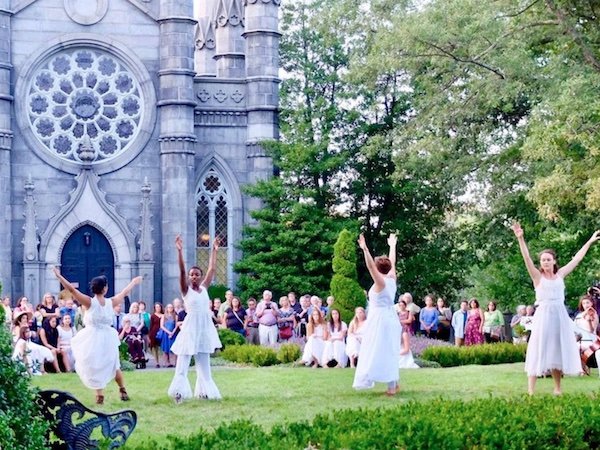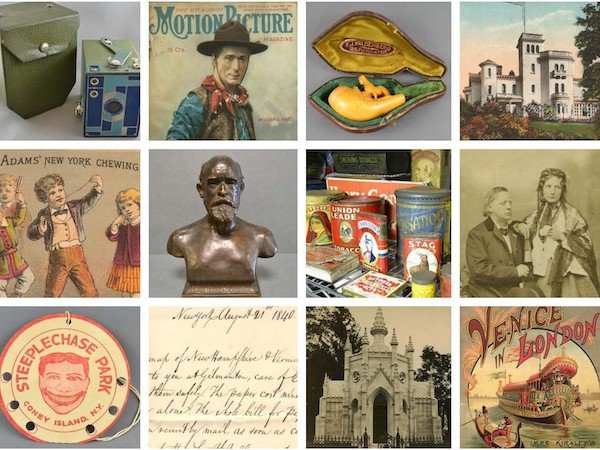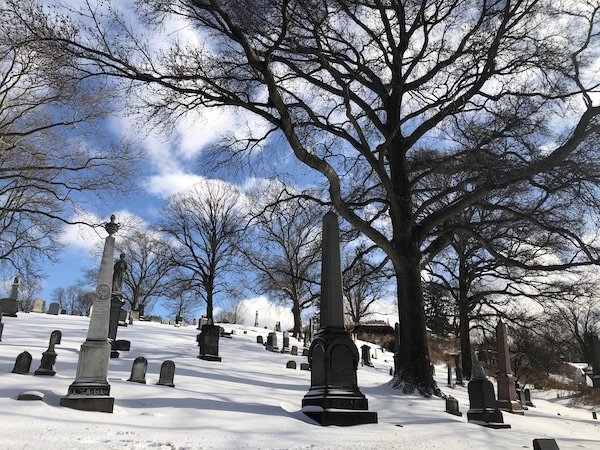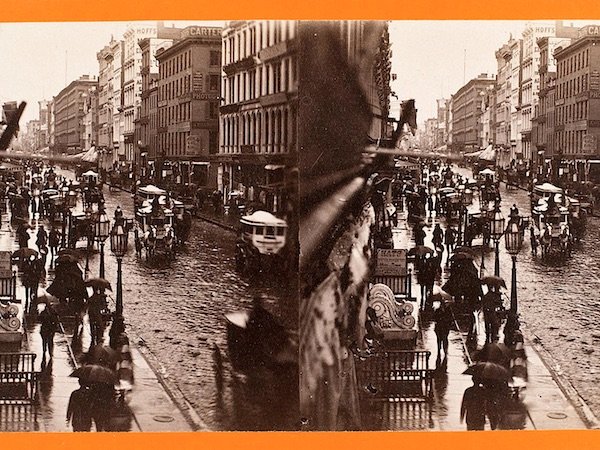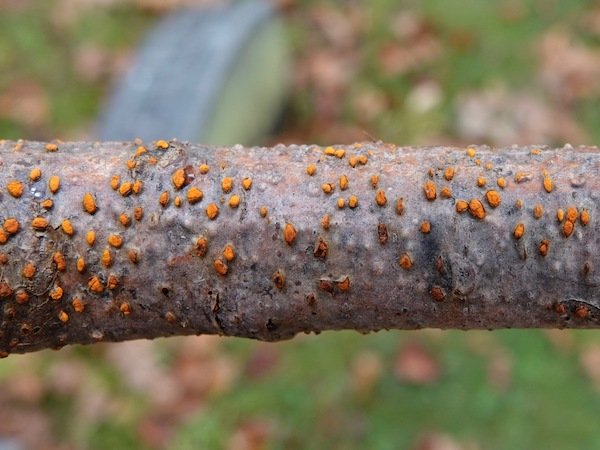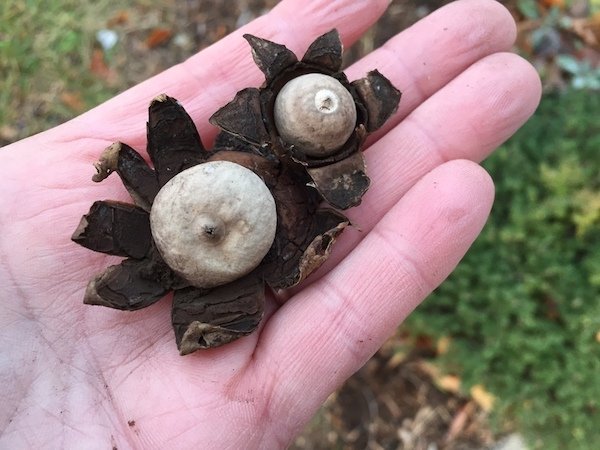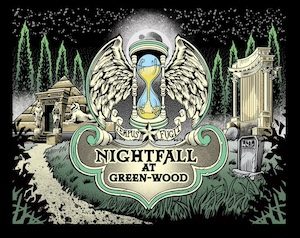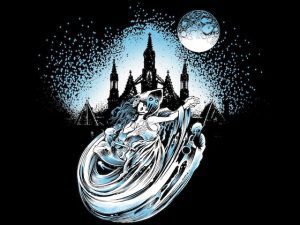Mount Auburn and Green-Wood Cemeteries: Their Historians in Conversation
Opening its gates in Cambridge, Massachusetts in 1831, Mount Auburn was America’s first rural cemetery, providing the model for cemeteries across the country—including Green-Wood! The list of luminaries buried within it is endless, including painter Winslow Homer, reformer Dorthea Dix, poet Henry Wadsworth Longfellow, and collector extraordinaire Isabella Stewart Gardner. Set among its 175 acres ... Read more
Green-Wood Collects: Part II
Back by popular demand! Green-Wood Historian Jeff Richman leads you on this behind-the-scenes look at the Cemetery’s extensive holdings of historical artifacts and ephemera. Acquired over the past twenty years, there are now over 10,000 items in the collection, unrivaled by any other cemetery in the United States. These items help illuminate the stories of ... Read more
Death Cafe
“Weep not that the world changes—did it keep a stable changeless state, it were cause indeed to weep. ”― William Cullen Bryant Sadly, in the current climate, our thoughts are more fixated on death than ever, and anxieties are running high. It is highly possible that someone you know has died or that you have ... Read more
Winter Wanders
It may be cold outside, but don’t let that stop you from discovering Green-Wood! On this leisurely ninety-minute walking tour you’ll take in spectacular views of the Manhattan skyline from Battle Hill; visit Fannie the dog, the beloved companion of Elias Howe’s family; and hear the tragic tale of Victorian debutante Charlotte Canda. Along the ... Read more
Winter Wanders
It may be cold outside, but don’t let that stop you from discovering Green-Wood! On this leisurely ninety-minute walking tour you’ll take in spectacular views of the Manhattan skyline from Battle Hill; visit Fannie the dog, the beloved companion of Elias Howe’s family; and hear the tragic tale of Victorian debutante Charlotte Canda. Along the ... Read more
Death Café
Green-Wood Cemetery 500 25th Street, Brooklyn, NY, United StatesThe Death Café is inspired by the centuries-old European salon (or café), an informal gathering to discuss philosophical, political or scientific ideas. In 2011, British entrepreneur Jon Underwood brought this concept to discussions of the most universal topic of all: death. Underwood’s intention was to provide an opportunity to “increase awareness of death with a view to helping people make the most of their lives.” Today, there are over 4,400 Death Cafes in 26 countries around the world.
Nineteenth-Century New York in 3D
It’s your best opportunity to time travel back in time to the New York City that you were born too late to live in! Over a span of four decades, Jeff Kraus has put together an extraordinary collection of stereoviews of life in the burgeoning metropolis. In the nineteenth century, stereoviews were a popular type ... Read more
Zooming in on Fungi: Bumps on Sticks and Other Ascomycetes
Green-Wood provides a rich habitat for mushrooms and other fungi throughout the year. In the summer the charismatic mycorrhizal mushrooms (don’t worry, we will fill you in on what that means) flourish among the old oaks and pines. But what about in the winter? Ethan Crenson and Sigrid Jakob, both longtime members of the New ... Read more
Winter Fungi Walk
While the colorful trees and migrating birds of Green-Wood get lots of buzz, visitors might not know about the bounty of mushrooms sprouting throughout the Cemetery’s 478 verdant acres. Join Sigrid Jakob and Ethan Crenson, longtime members of the New York Mycological Society, for a socially distanced mushroom walk to discover Green-Wood’s winter fungi. Not ... Read more
Winter Wanders
It may be cold outside, but don’t let that stop you from discovering Green-Wood! On this leisurely ninety-minute walking tour you’ll take in spectacular views of the Manhattan skyline from Battle Hill; visit Fannie the dog, the beloved companion of Elias Howe’s family; and hear the tragic tale of Victorian debutante Charlotte Canda. Along the ... Read more
Green-Wood’s public programs are made possible by the New York State Council on the Arts with the support of the Office of the Governor and the New York State Legislature, as well as the New York City Department of Cultural Affairs.

